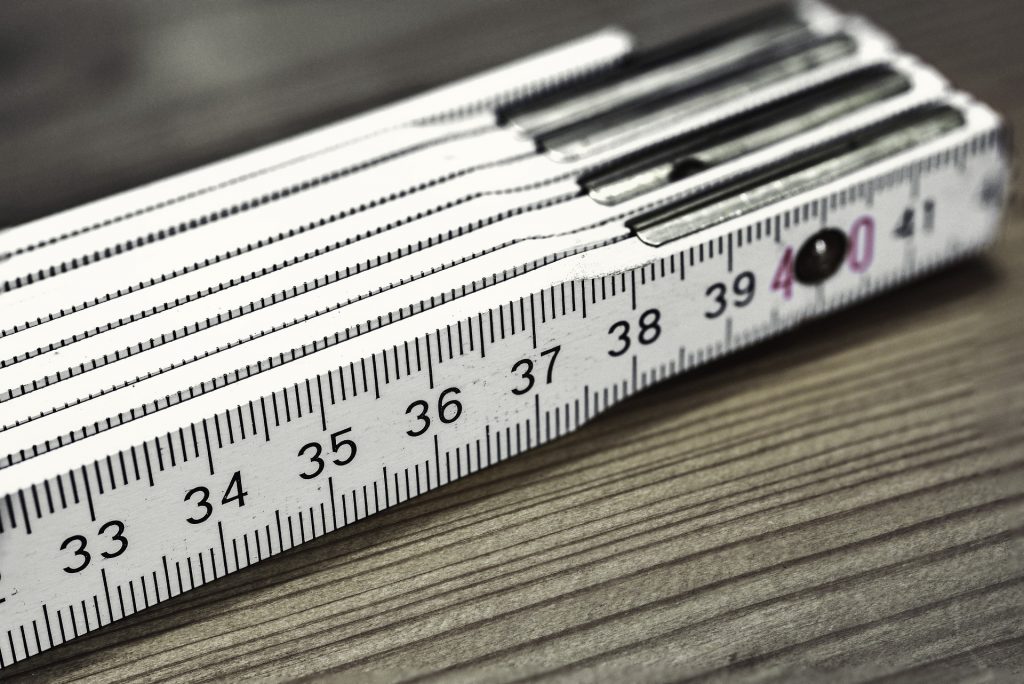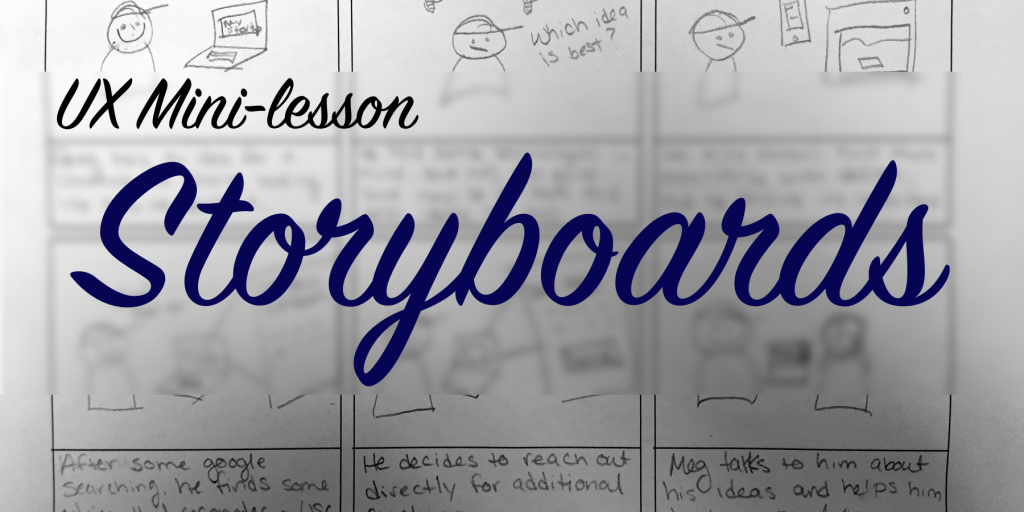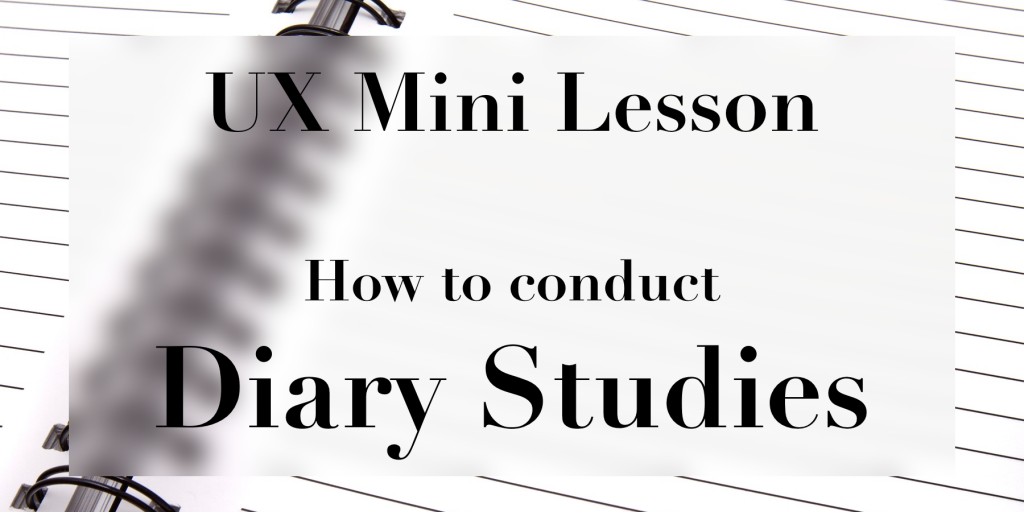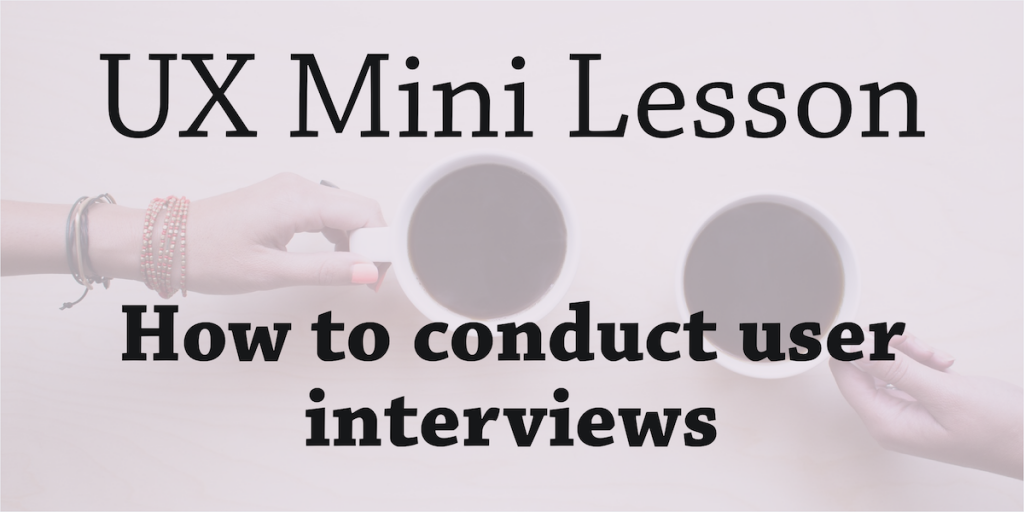UX Mini-lesson: Surveys

Surveys are probably the most used but least useful research tool. It is ever so tempting to say, “lets run a quick survey” when you find yourself wondering about your customers. Surveys result in “hard numbers” to look at, and modern web-based survey tools have made surveys cheap to produce. But as anyone who has […]
UX Mini-lesson: Storyboards

Storyboards are the UX designers’ secret weapon. They can be used in so many versatile ways, but require relatively little effort to make. Storyboards are a powerful design tool because they… convey the “big picture” idea in just a few frames, combine many design elements (personas, requirements, solutions, etc.) into one coherent story, produce assets […]
UX Mini-lesson: Diary Studies

For today’s post I a present a “UX mini-lesson” on how to conduct diary studies. We will cover the value of longitudinal data sets, and strategies to maximize the quality and number of diary entries from your participants.
UX Mini-lesson: How to conduct user interviews

User interviews are, by far, the research method I use the most. They are relatively inexpensive to conduct yet provide a wealth of information that can be used to guide design. Also, user interviews are a research method that is easy to “get right”. With just a little bit of guidance, even the most novice of researchers can conduct a worthwhile user interview.
